Richard Hamilton ( 1922 – 2011 )
We Perform Richard Hamilton art authentication. Richard Hamilton appraisal. Richard Hamilton certificates of authenticity (COA). Richard Hamilton analysis, research, scientific tests, full art authentications. We will help you sell your Richard Hamilton or we will sell it for you.
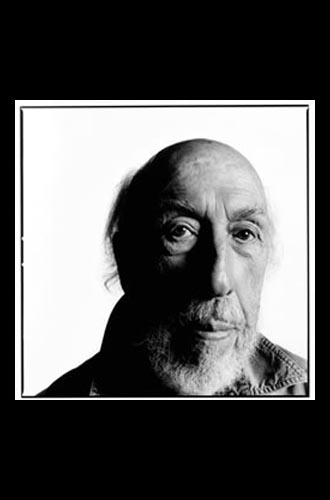
British painter and collage artist Richard Hamilton is widely considered by critics and art historians as the creator of Pop Art; his 1956 collage Just What Is It That Makes Today’s Homes So Different, So Appealing? is deemed the first Pop work. Like all of his pieces, this collage critiques contemporary society and the trappings of popular culture.
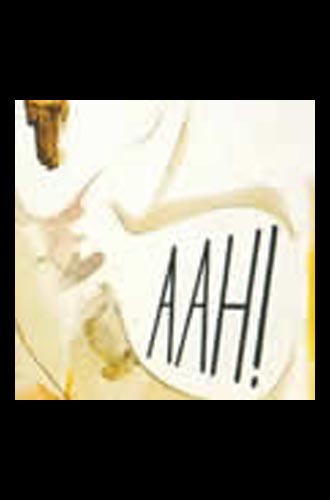
Born in Pimlico, London, Hamilton discovered his skill for drawing while working for an electrician at an early age. He eventually enrolled in night classes at Saint Martins School of Art, which eventually led to admission into the Royal Academy of Art. After the war, where he continued to make use of his skills as a technical draftsman, he went back to the Royal Academy, only to be expelled due to “not profiting from the instruction” of the school. He thus enrolled at the Slade School of Art, University College, London. Shortly after he began showing work at the Institute of Contemporary Arts while teaching classes at the Central School of Art and Design.
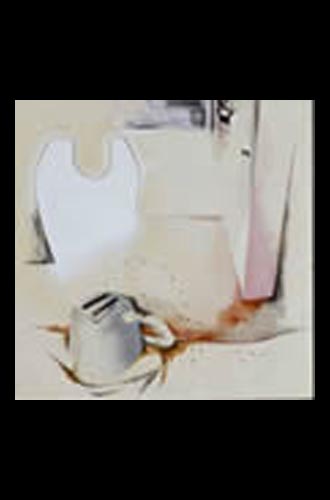
The Hanover Gallery in London hosted the artist’s first show in 1955. The work created for this show owed a large debt to the artist Marcel Duchamp, one of Hamilton’s primary sources of inspiration. Hamilton was attracted not only to the messages about modern life inherent in much of Duchamp’s work, but was also influenced by the concept of a ‘ready-made’ object. This working method materialized in Hamilton’s own use of popular magazines and mass-produced newspapers as the primary source material for his collages.
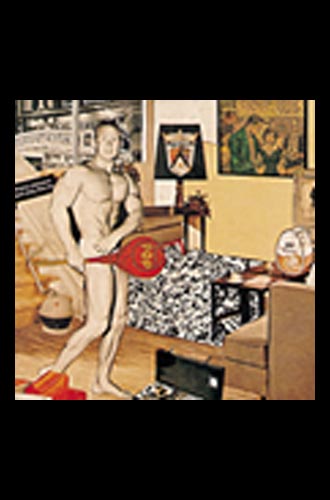
For the This is Tomorrow exhibition at the Whitechapel Gallery in London in 1956, Hamilton created his iconic collage Just What Is It That Makes Today’s Homes So Different, So Appealing?, which shows the affluent ideal home of the time, with a beautiful couple and all the accoutrements of modernity. The piece was reproduced for posters and catalogs for the show and was therefore widely circulated.
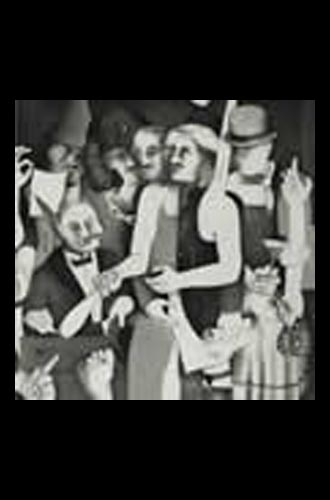
In a letter dated January 16, 1957 Hamilton explains his idea of Pop Art and the inspiration behind the piece: “Pop Art is: popular, transient, expendable, low-cost, mass-produced, young, witty, sexy, gimmicky, glamorous, and Big Business.” In 1992 the BBC asked Hamilton to recreate his famous collage based upon the ideals of the 90s. He replaced the original male body builder for an accountant and used a female body builder in place of the original nude woman sitting on the sofa.
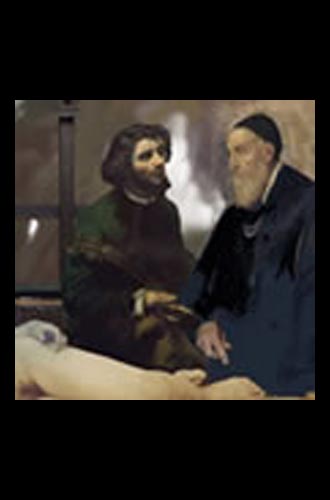
After This is Tomorrow, Hamilton taught classes at the Royal College of Art from 1957 – 1961. After the death of his first wife he traveled to the U.S. in 1963 where he met and befriended Duchamp at that artist’s show at the Pasadena Art Museum in California. Because of this meeting, Hamilton would later curate an exhibition of Duchamp’s work at the Tate Gallery in London in 1966, the first retrospective of Duchamp’s art in Britain.
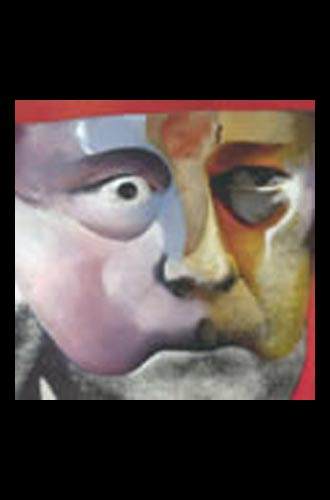
In the 1970s much of Hamilton’s work centered on the process of printmaking. Demonstrating the increasingly political nature of the artist’s work is his 1982 painting The Citizen. Commenting on the Blanket Protests in Northern Ireland, the work recalls a devotional diptych and contrasts a Christ-like figure on the right with excrement-smeared walls of the prison on the left. Hamilton’s final work, Le chef d’oevre inconnu – a painting in three parts, was left unfinished. A large triptych, the work is composed of inkjet prints with images manipulated in Photoshop that depict critical moments from Balzac’s The Unknown Masterpiece.
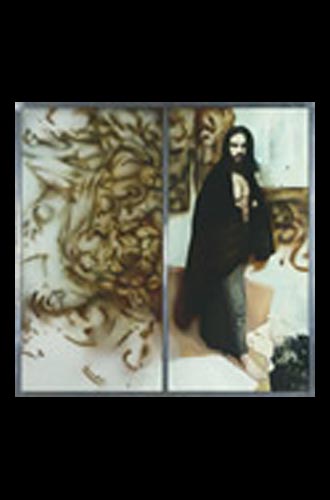
Retrospectives of Hamilton’s work have been held at the Tate Gallery, London; the Solomon R. Guggenheim Museum in New York; the Museu d’Art Contemporani de Barcelona; the Museum Ludwig in Cologne; and the Neue Nationalgaleri, Berlin. The Tate Gallery and the Kunstmuseum Winterthur in Winterthur Switzerland contain the largest collections of his work.
Reviews
1,217 global ratings
5 Star
4 Star
3 Star
2 Star
1 Star
Your evaluation is very important to us. Thank you.
